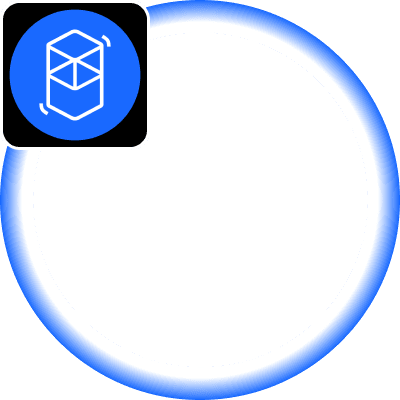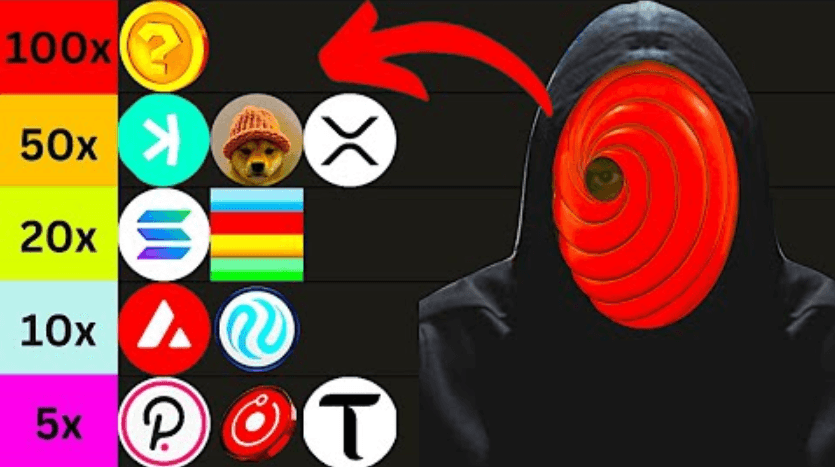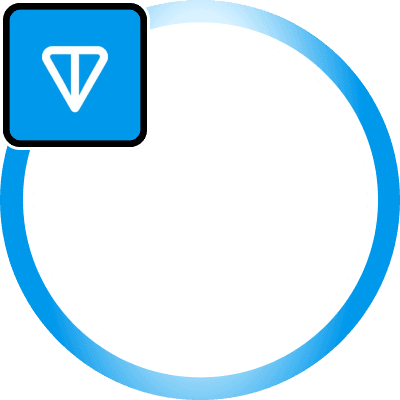Introduction: A New Era in Blockchain Technology
Fantom is a next-generation blockchain platform that aims to solve the scalability and security issues that have plagued traditional blockchain networks. Launched in 2018, Fantom employs a unique consensus algorithm called Lachesis, which allows for rapid and secure transactions. The platform is designed to be interoperable, enabling seamless communication between different blockchain networks. This section alone aims to provide a comprehensive overview of what Fantom is and why it stands out in the crowded blockchain space.
Core Features: What Makes Fantom Unique?
Lachesis Consensus Mechanism
At the heart of Fantom’s architecture is the Lachesis consensus mechanism. Unlike traditional Proof-of-Work or Proof-of-Stake algorithms, Lachesis is an asynchronous Byzantine Fault Tolerance (aBFT) mechanism. This allows for faster transaction validation without compromising on security. Lachesis enables Fantom to process transactions in a matter of seconds, making it one of the fastest blockchains available today.
Smart Contracts and dApps
Fantom provides a fertile ground for developers to build decentralized applications (dApps) and smart contracts. The platform supports the Solidity programming language, which is widely used in the Ethereum ecosystem. This makes it easier for developers to migrate their projects to Fantom. The platform also offers various tools and resources to assist in smart contract development, thereby fostering a vibrant developer community.
Scalability and Interoperability
Directed Acyclic Graph (DAG)
One of the standout features of Fantom is its use of Directed Acyclic Graph (DAG) technology. Unlike traditional blockchains that add transactions in linear blocks, DAG allows for transactions to be added in parallel. This significantly enhances the scalability of the network, enabling it to handle a higher volume of transactions per second (TPS).
Cross-Chain Compatibility
Fantom is designed to be interoperable with other blockchain networks. This is crucial in today’s fragmented blockchain landscape. Through its cross-chain compatibility features, Fantom allows for seamless asset transfers and data sharing between different blockchains, including Ethereum, Binance Smart Chain, and more.
The Fantom Token (FTM) and Governance
Tokenomics and Utility
The native cryptocurrency of the Fantom network is the Fantom Token (FTM). It serves multiple purposes within the ecosystem, including transaction fees, staking, and governance. FTM holders can stake their tokens to participate in network validation and earn rewards. Additionally, the token is used in governance proposals, allowing the community to have a say in the development and upgrades of the Fantom network.
Governance Model
Fantom employs a decentralized governance model, where FTM holders can propose and vote on various network upgrades and changes. This ensures that the community remains at the forefront of the platform’s development, making it truly decentralized.
Conclusion: The Future of Fantom
Fantom is not just another blockchain platform; it is a comprehensive ecosystem designed to bring scalability, security, and interoperability to the blockchain space. With its unique features and robust governance model, Fantom is poised to play a significant role in the future of decentralized technology.










